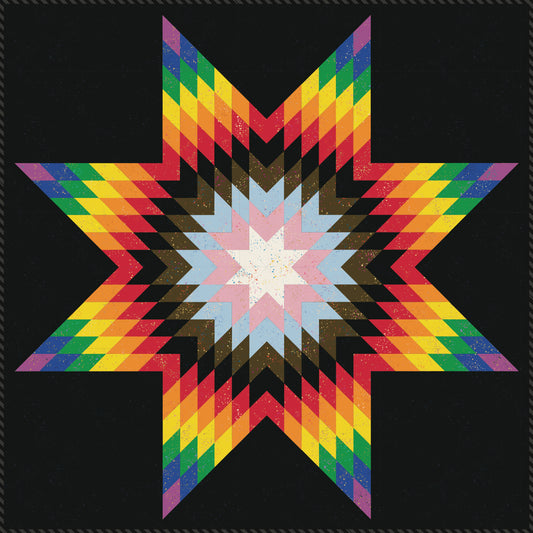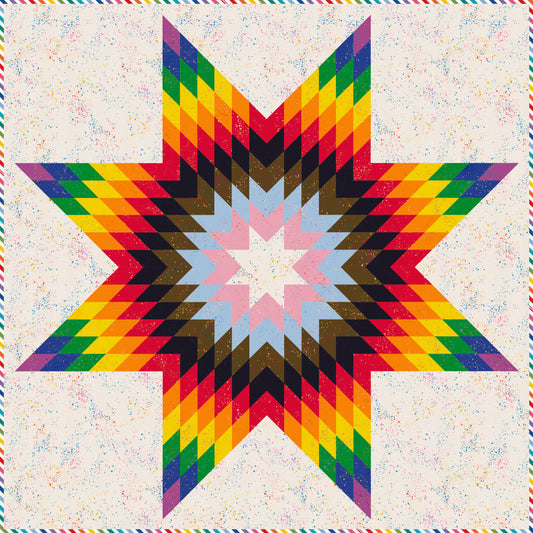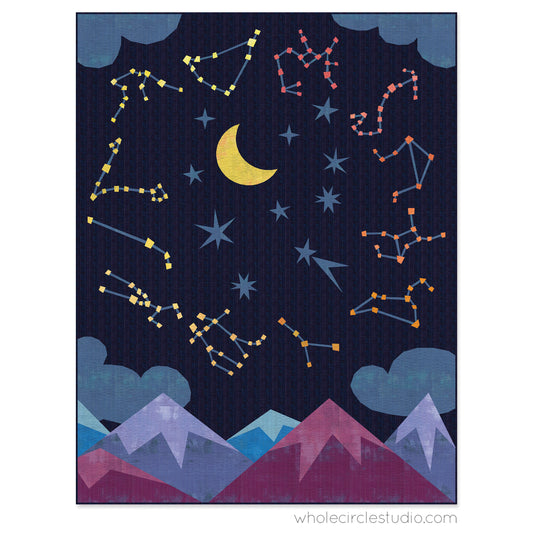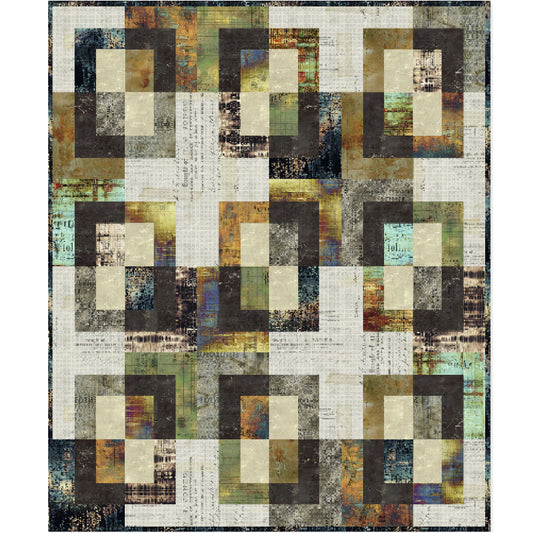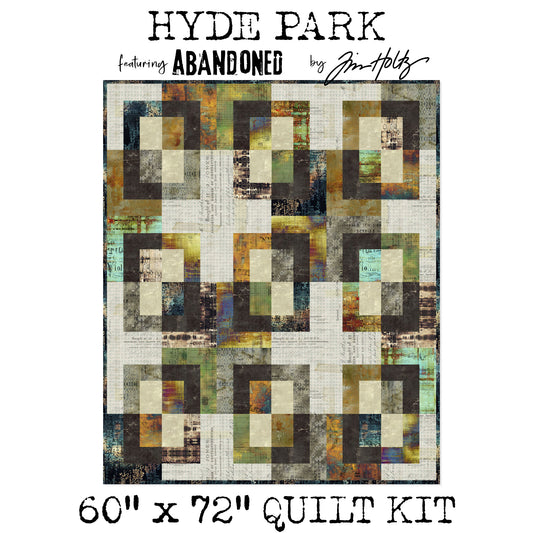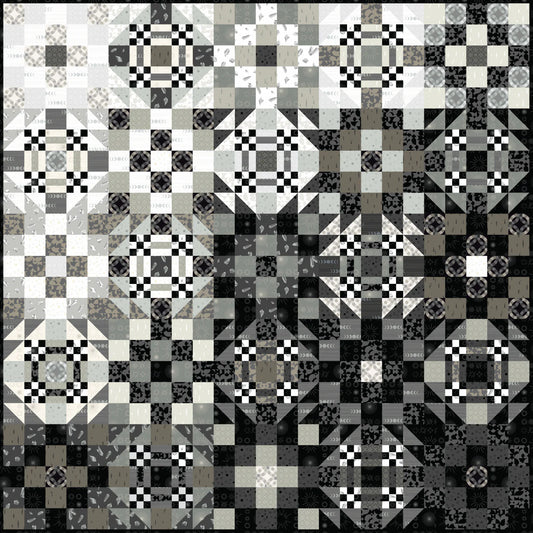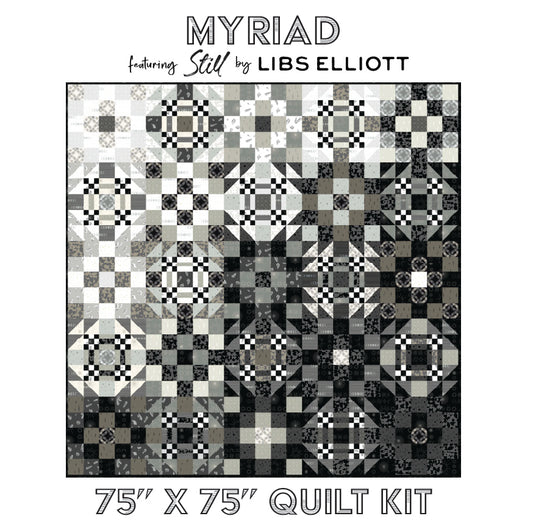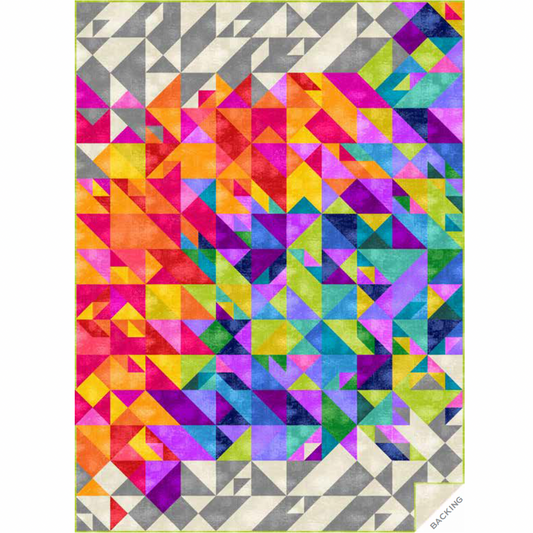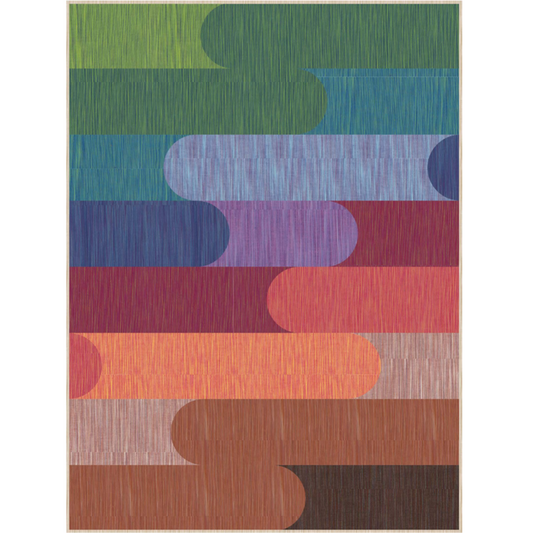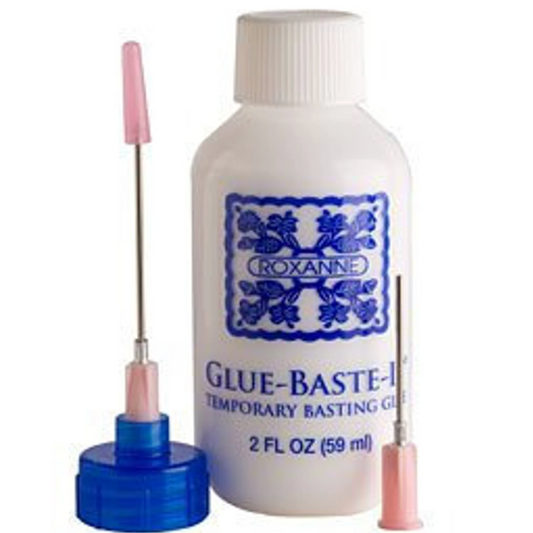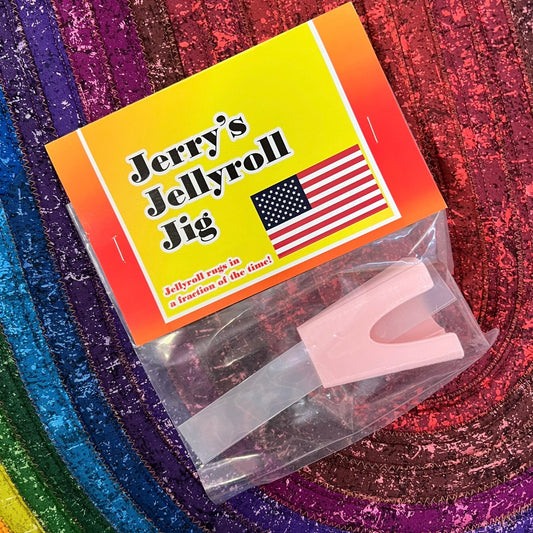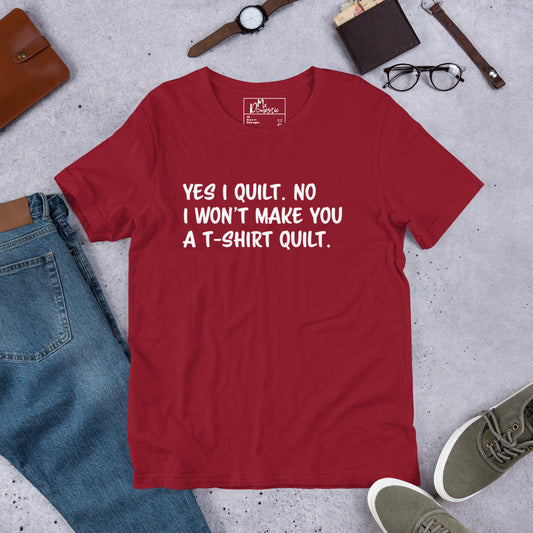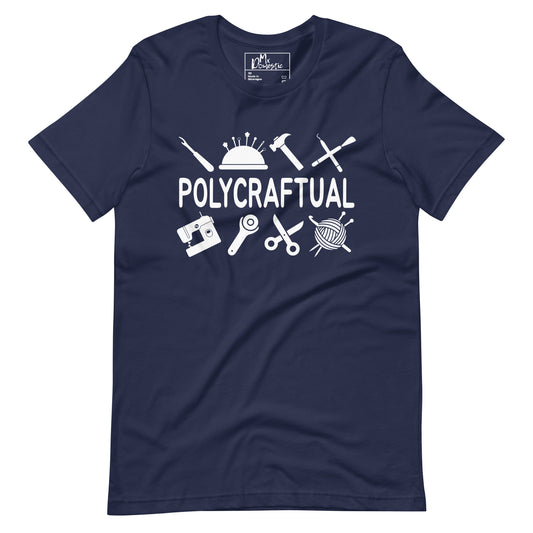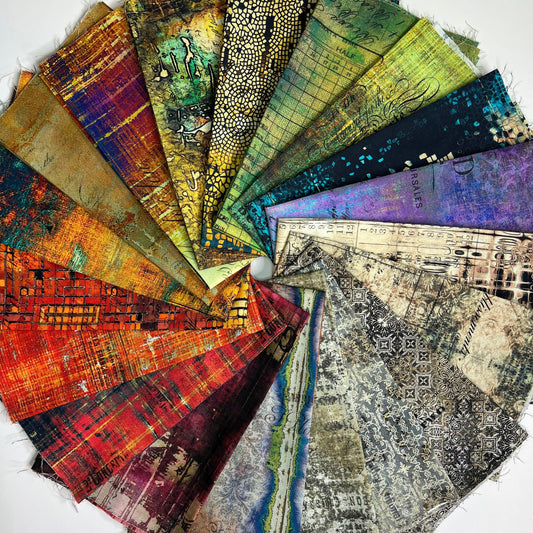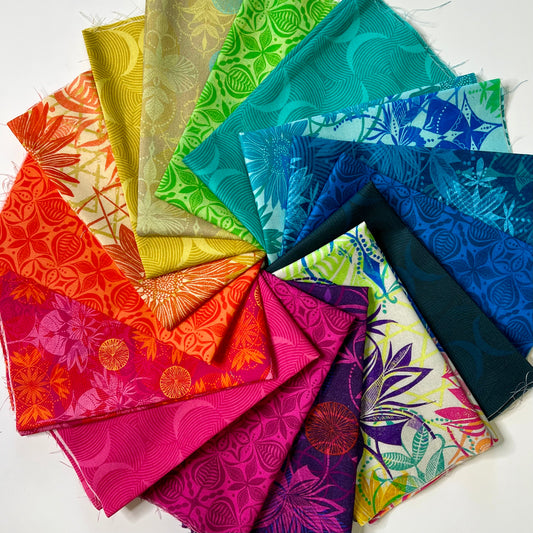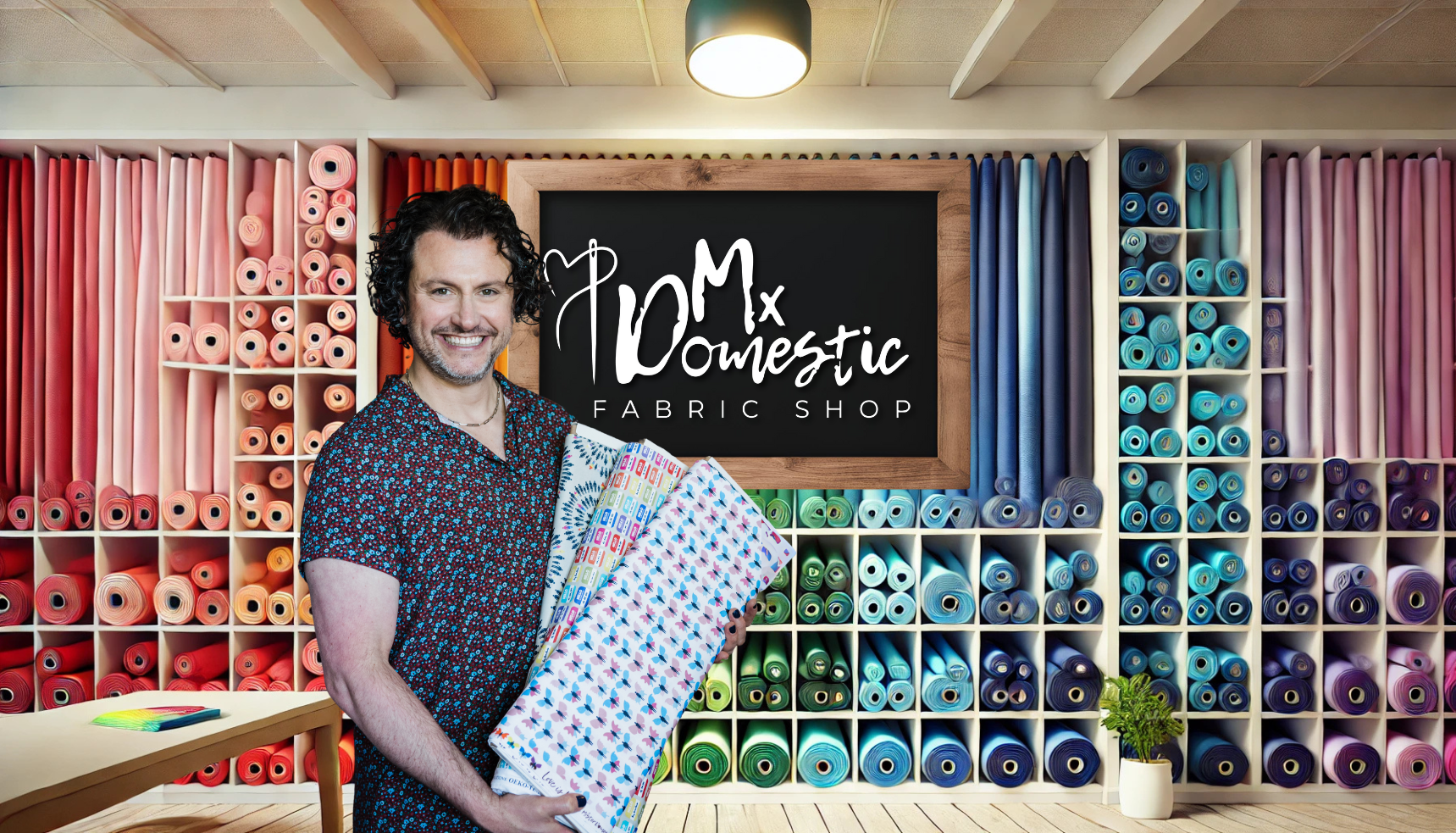
THE MX WEAVER IS HERE!

Pre-order now and get 10% off this custom-designed fabric weaving tool—created by Mx Domestic to help you weave smoother, faster, and with less stress.
Ships in June
Over 300 pre-orders and counting!
Click below to order yours now.
Brand New Fabric Collections in the Shop

Color Wheel by Alison Glass with Andover Fabrics
Introducing the Color Wheel collection by Alison Glass, exclusively from Andover Fabrics—a...

Eclectic Elements Palette Green by Tim Holtz with Free Spirit Fabrics
The Eclectic Elements Palette Fabric Program by Tim Holtz offers a curated collection of...
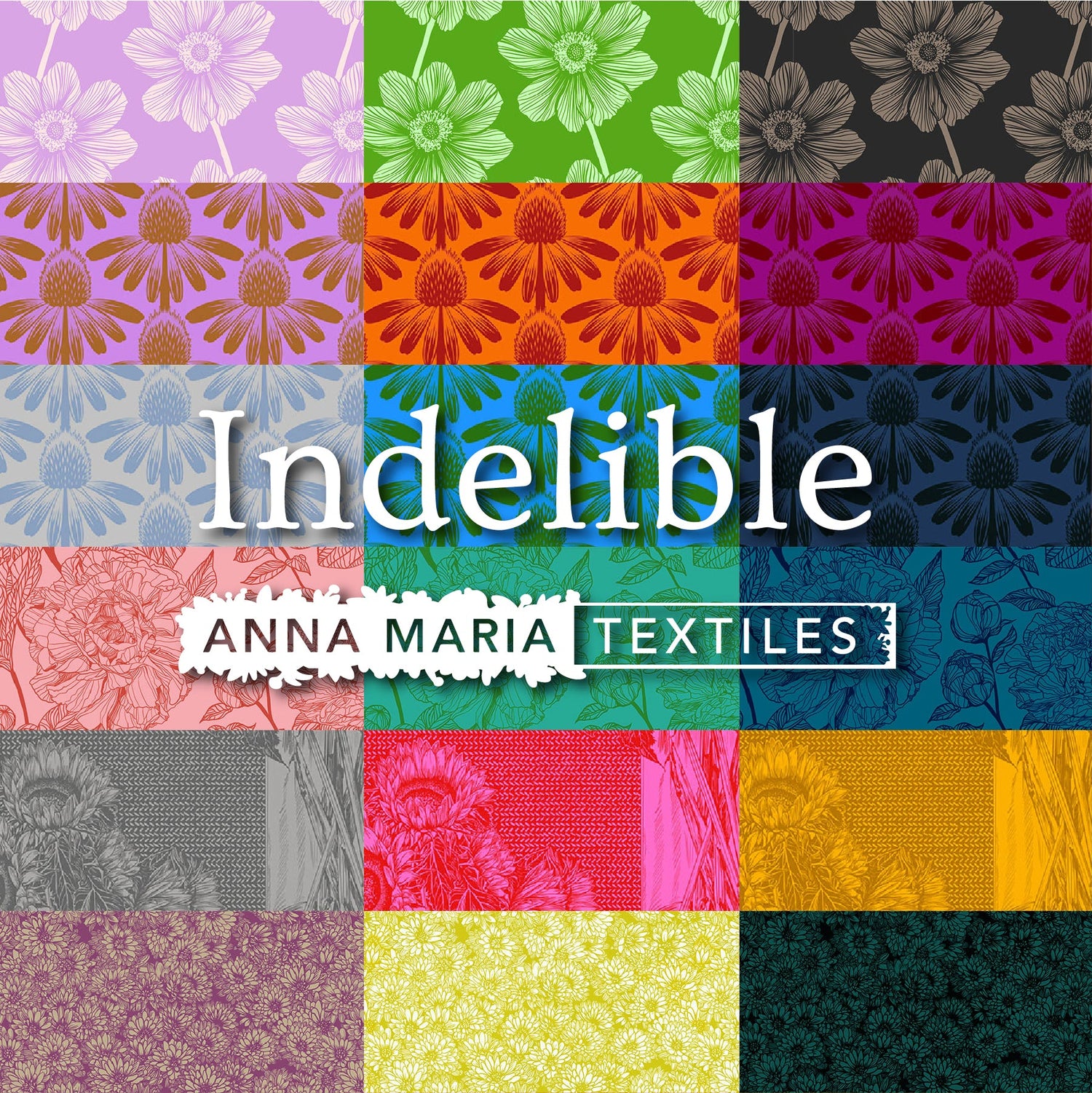
Indelible by Anna Maria Textiles
Indelible by Anna Maria Textiles is a captivating fabric collection that blends...
More Fabric Collections
-

Wandering Eye by Kathy Doughty with Figo Fabrics
Introducing Wandering Eye, a captivating fabric collection by Kathy Doughty for FIGO...
-

Warp & Weft Ooh Lucky Lucky Yarn Dyed Woven Cotton Fabric by Alexia Abegg with Ruby Star Society
Add a touch of soft texture and timeless charm to your projects...
-

Fur-Ever Friends by Gareth Lucas with Windham Fabrics
Fur-Ever Friends by Gareth Lucas is a charming fabric collection celebrating our...
-
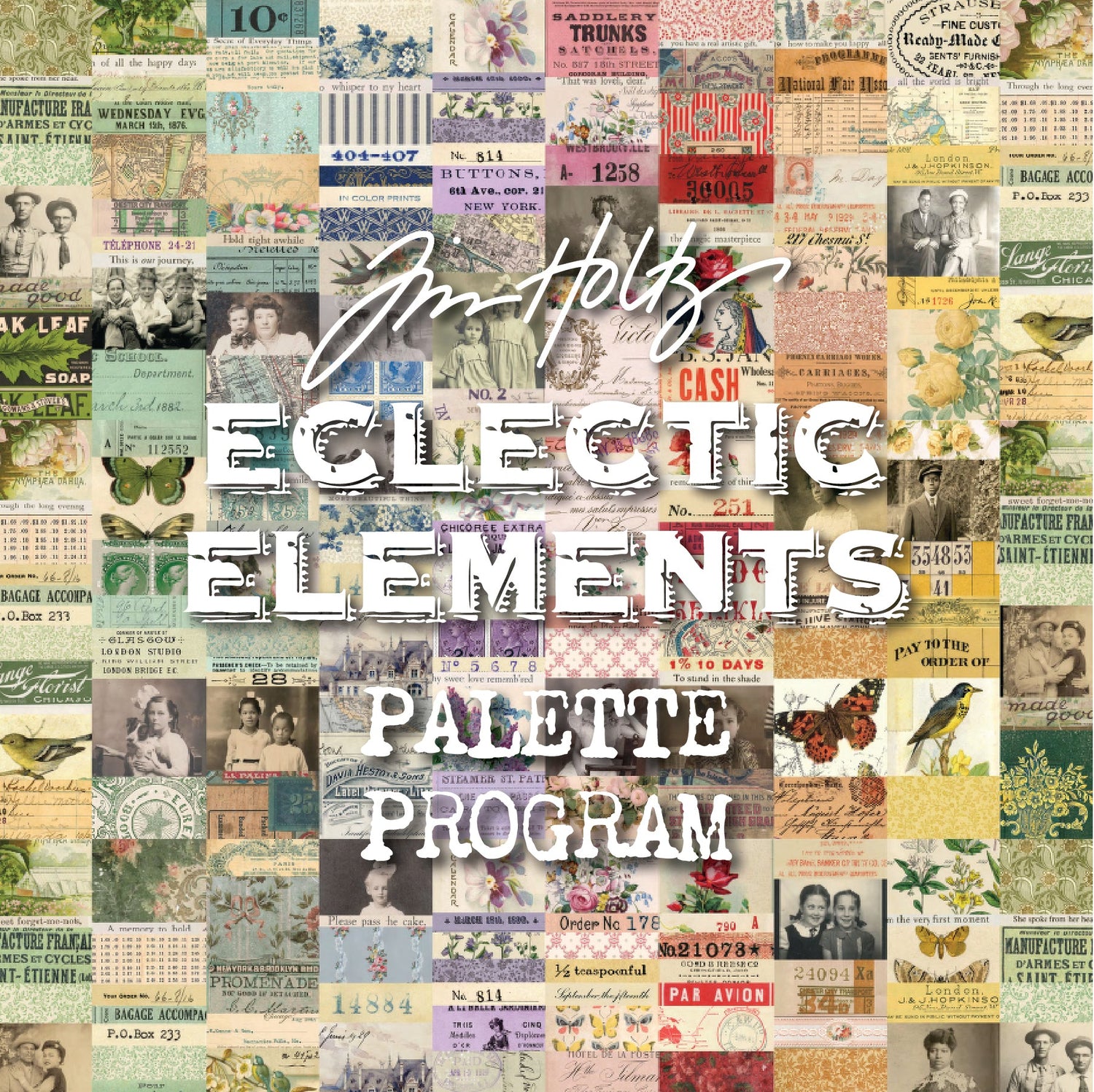
Eclectic Elements Palette Program by Tim Holtz with Free Spirit Fabrics
The Eclectic Elements Palette Program by Tim Holtz for FreeSpirit Fabrics brings...
-
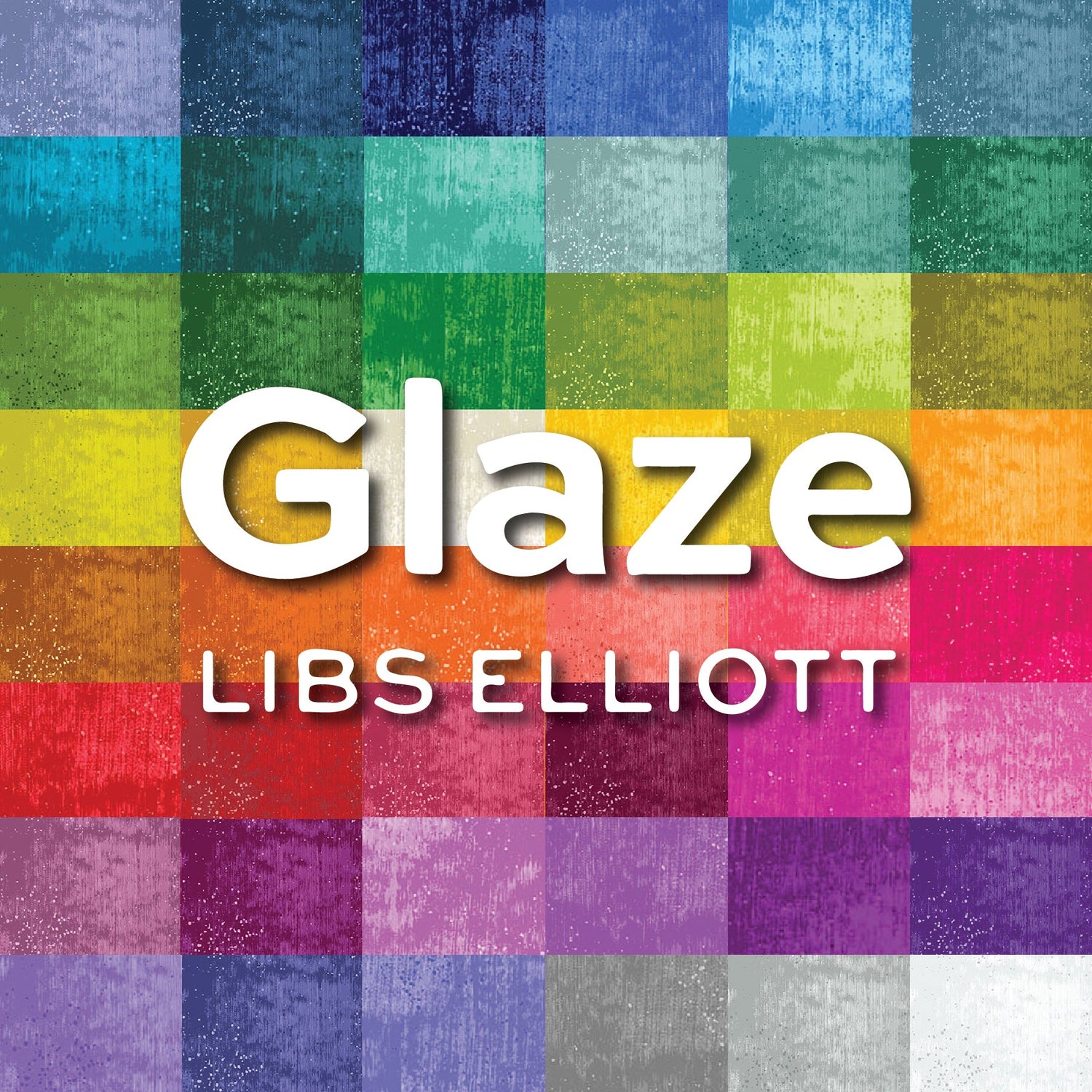
Glaze by Libs Elliott with Andover Fabrics
Get ready to swoon—Libs Elliott’s Glaze collections are here, and they’re giving...
-
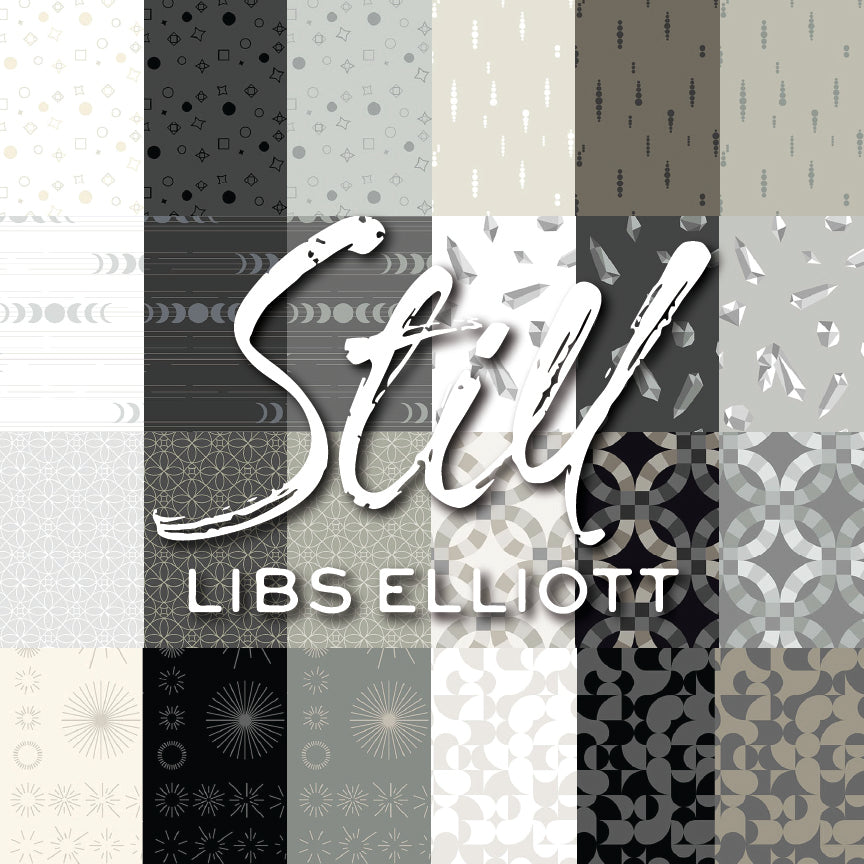
Still by Libs Elliott with Andover Fabrics
Introducing Still, the latest fabric collection by Libs Elliott for Andover Fabrics....
-

Legendary Love by Sarah Thomas of Sariditty with Moda Fabrics
Introducing Legendary Love, a fabric collection by Sarah Thomas of Sariditty for...
-

Foundations by Tim Holtz with Free Spirit Fabrics
Introducing the Tim Holtz Foundations & Monochrome fabric collection by FreeSpirit Fabrics—a...
-

Bee Garden by Gingiber with Moda Fabrics
Bee Garden by Gingiber for Moda Fabrics is a charming and nature-inspired...
-

Meadow Walk by Alexandra Bordallo with Andover Fabrics
Meadow Walk by Alexandra Bordallo for Andover Fabrics is a delightful collection...
-

Woodland Park Fabric by Rashida Coleman Hale with Ruby Star Society
Woodland Park fabric is a cotton quilting fabric collection designed by Rashida Coleman-Hale...
-

L'Heure Bleue by Este MacLeod with Free Spirit Fabrics
Note from the designer: "Beautiful blues! From intense deep indigo to the...
-

Bali Dreams by Penn Gray Design with Cloud9 Fabrics
Escape into the breathtaking beauty of Bali Dreams, a stunning fabric collection...
-

Pretty Things by Denyse Schmidt with Windham Fabrics
Pretty Things by Denyse Schmidt is a vibrant and versatile fabric collection...
-

Lineage by e bond with Free Spirit Fabrics
Lineage by eBond for FreeSpirit Fabrics is a deeply expressive collection that...
-

Golden Touch by Sarah Sczepanski with Free Spirit Fabrics
Golden Touch is a rich and textural collection inspired by the beauty...
-

Abandoned by Tim Holtz with Free Spirit Fabrics
Embrace the beauty of imperfection with Tim Holtz’s Abandoned fabric collection. A...
-

Sun Print 2025 by Alison Glass with Andover Fabrics
The Sun Print collection is a modern basics line with a variety...
-
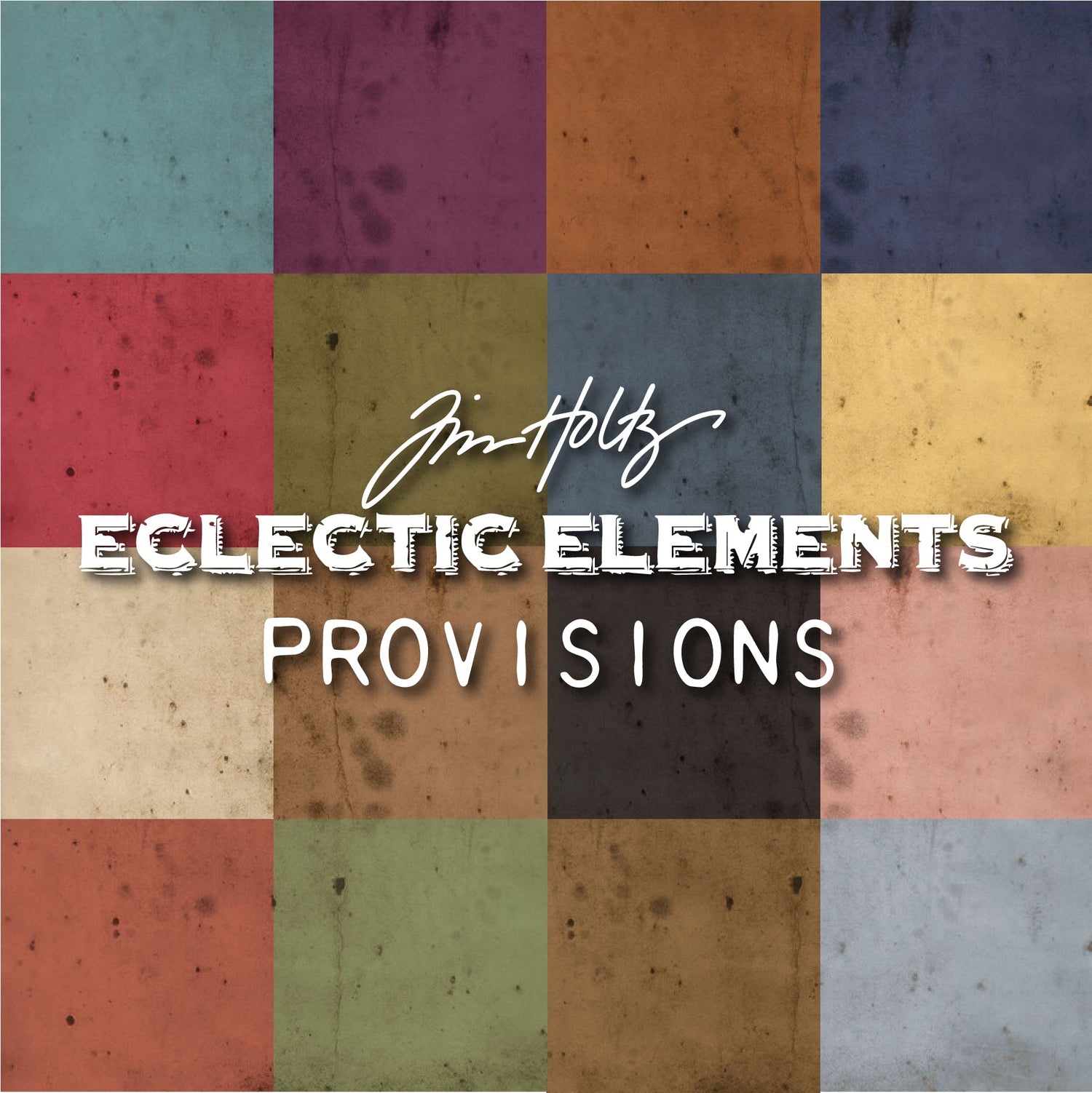
Eclectic Elements Provisions by Tim Holtz with Free Spirit Fabrics
Tim Holtz’s Provisions fabric collection is a masterful blend of vintage aesthetics and industrial...
-
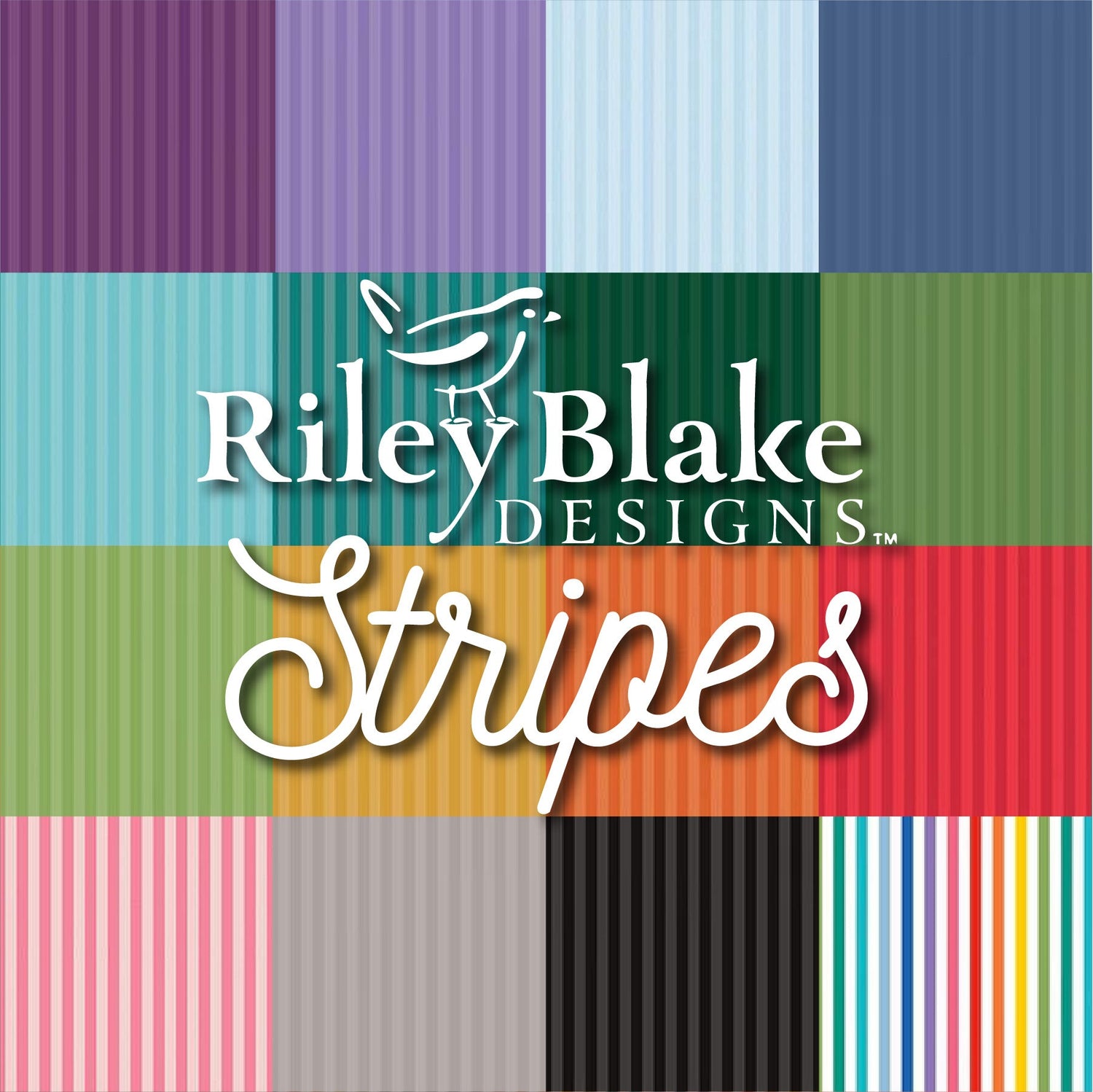
Stripes Fabric by Riley Blake Designs
These Riley Blake Designs Basic fabric features a 1/8" vertical stripes. Outside...
-

Iconic by Libs Elliott with Andover Fabrics
Get ready to rock your sewing project with the Iconic fabric collection...
-

Luna by Makower UK with Andover Fabrics
Luna by Makower UK for Andover Fabrics is a stunning collection full...
-

Stenographer's Notebook Batiks from Marcia Derse with WIndham Fabrics
Note from Marcia Derse: "This collection emerged from two artist books I...
-

Magic Dot Basics by Lella Boutique with Moda Fabrics
A message from the designer "Anna Kendrick says, “You can’t have a...
-
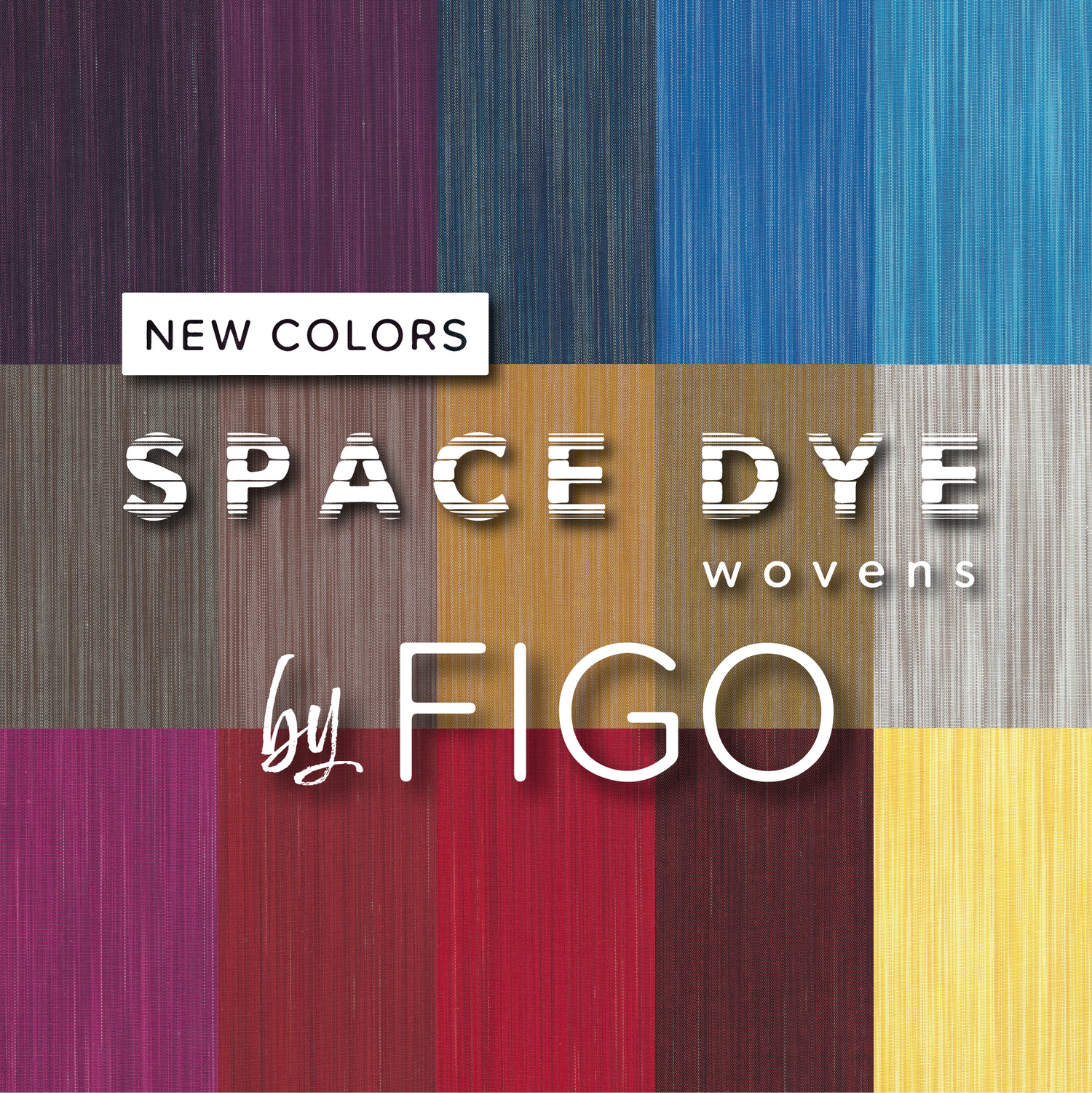
Space Dye Woven Fabric by Figo Fabrics
Space Dyeing is a process used to dye yarns with multiple color...
-
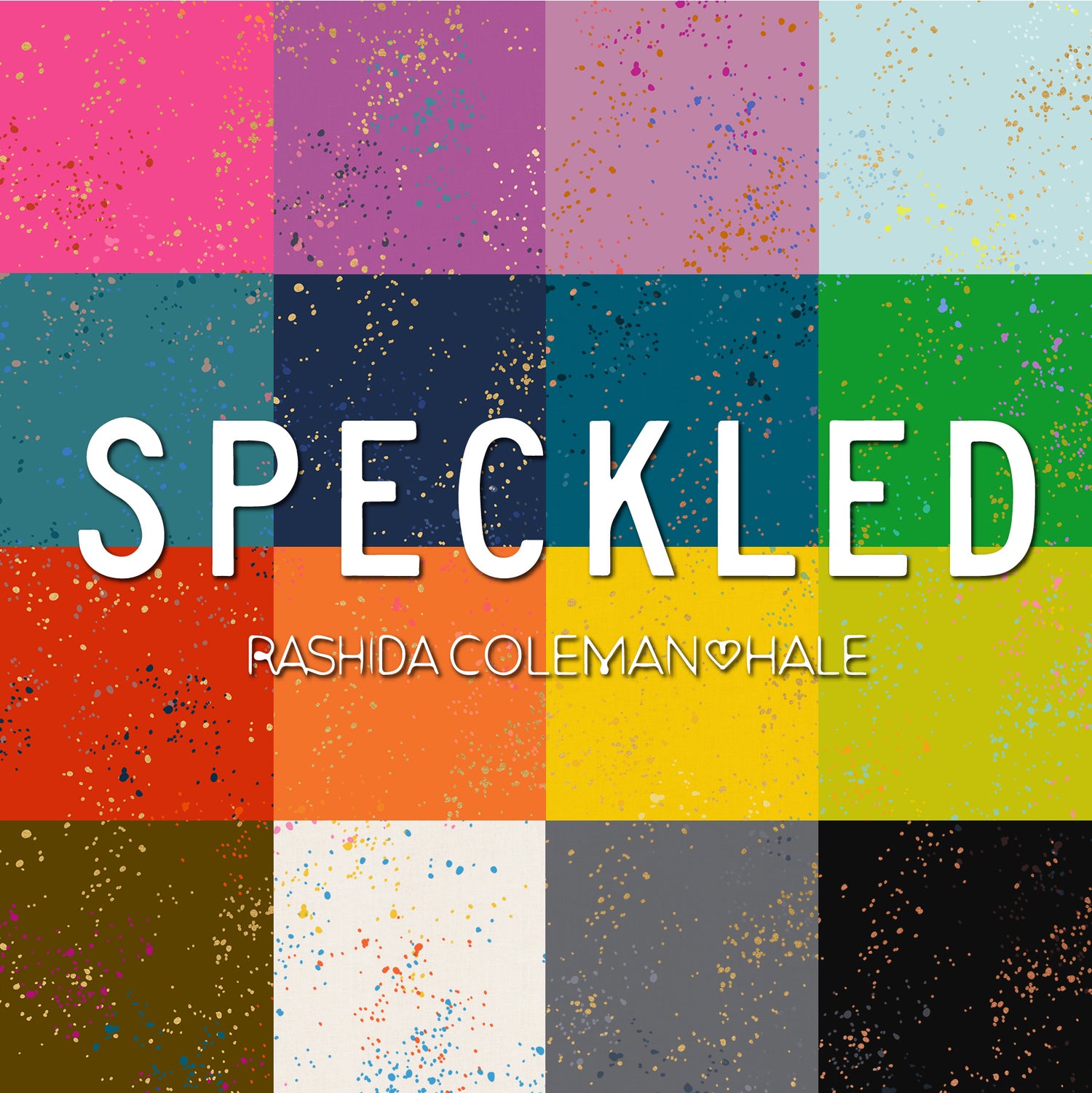
Speckled Fabric from Rashida Coleman Hale of Ruby Star Society
Speckled is a fabric collection from Ruby Star Society's Basics line, designed...
-

Grace Fabric by Valori Wells with Free Spirit
Note from designer Valori Wells: "To me, Grace means the space to...
-
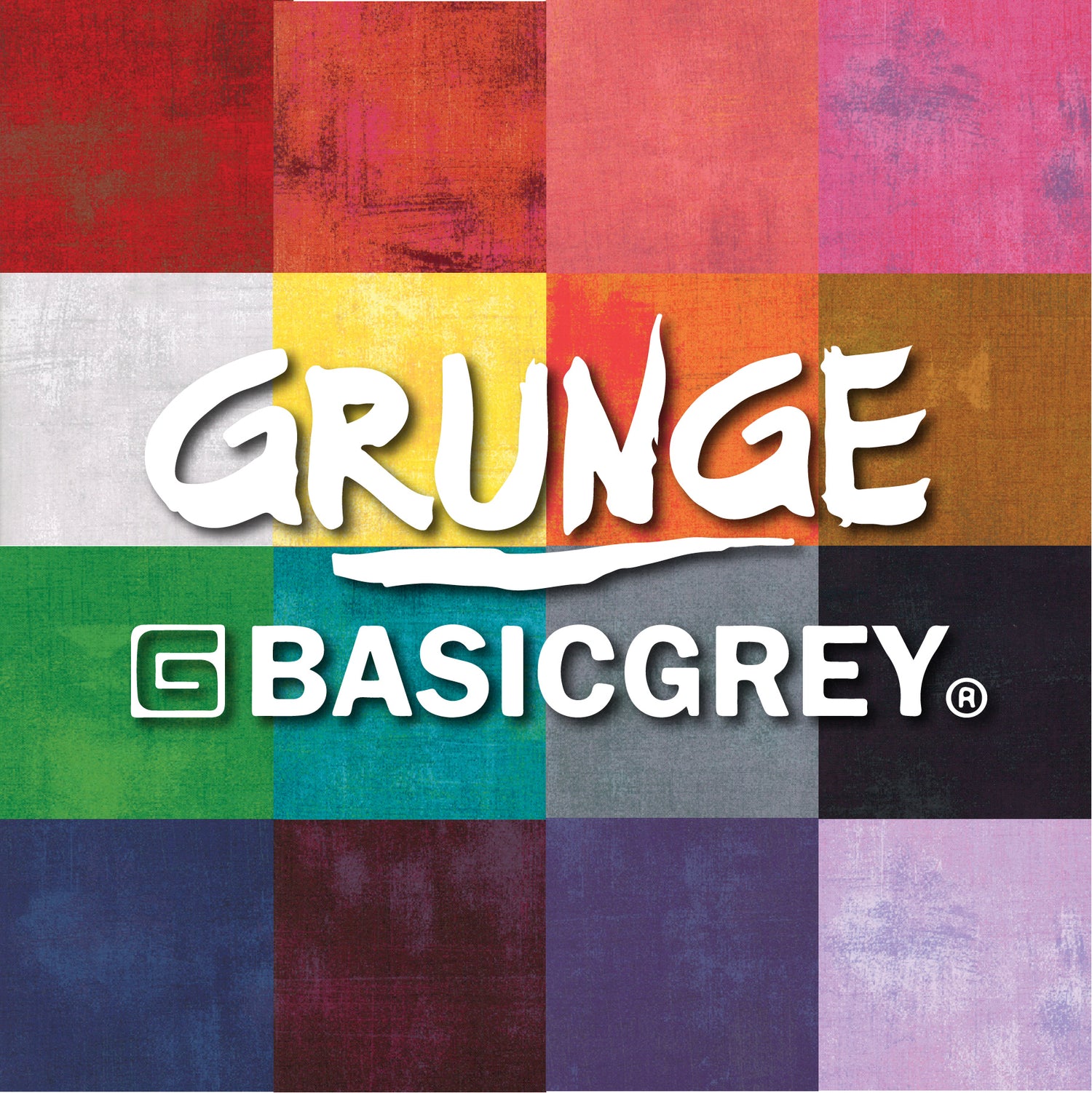
Grunge by Basic Grey with Moda Fabrics
If you're not familiar with Grunge, it's a unique fabric that is...
-
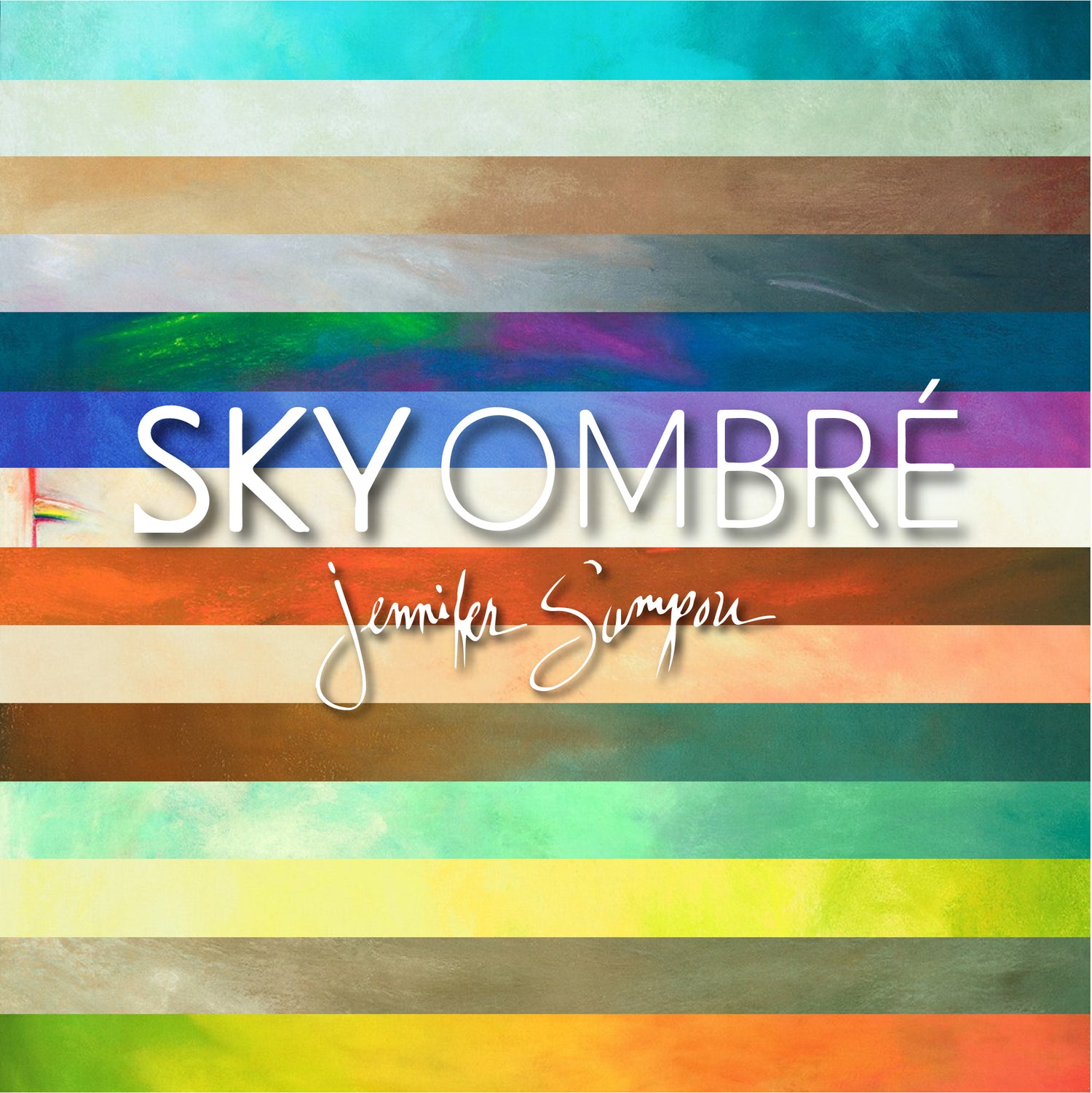
Sky Ombre Fabric by Jennifer Sampou with Robert Kaufman
Jennifer Sampou shares that "SKY Ombré is my love letter to makers...
Featured Kits
-
Lone Star Quilt Kit – Featuring Speckled by Rashida Coleman-Hale
Regular price $79.99 USDRegular priceUnit price / per -
Cobblestone Quilt Kit – Featuring Sun Print 2025 by Alison Glass
Regular price $91.99 USDRegular priceUnit price / per -
Starry Signs Quilt Kit by Whole Circle Studio
Regular price From $145.99 USDRegular priceUnit price / per -
Hyde Park Quilt Kit – Featuring Abandoned by Tim Holtz
Regular price $97.99 USDRegular priceUnit price / per -
Terrific Tenons 57” x 73” Quilt Kit – Featuring Glaze I by Libs Elliott
Regular price $114.99 USDRegular priceUnit price / per -
Myriad Quilt Kit – Featuring Libs Elliott’s Still Fabric Collection
Regular price $139.99 USDRegular priceUnit price / per -
Glaze II 66" x 90" Paradise Quilt Kit by Libs Elliott
Regular price $139.95 USDRegular priceUnit price / per -
Boogie Nights Figo Space Dyes Quilt Kit (Fabric + Pattern)
Regular price $109.99 USDRegular priceUnit price / per
Favorite Sewing Notions
-
Mx Weaver – 2-Piece Fabric Weaving & Threading Tool Set by Mx Domestic™
Regular price $19.99 USDRegular priceUnit price / per -
Roxanne Glue Baste-It 2oz
Regular price $15.00 USDRegular priceUnit price / per -
Jerry's Jelly Roll Jig - Perfect for Jelly Roll Rugs
Regular price $17.99 USDRegular priceUnit price / per$0.00 USDSale price $17.99 USD -
That Purple Thang
Regular price $4.00 USDRegular priceUnit price / per
Apparel
-
Yes I Sew. No I Won't Hem Your Pants. Unisex t-shirt
Regular price $27.00 USDRegular priceUnit price / per -
Working on my PHD (Projects Half Done) Unisex t-shirt
Regular price $27.00 USDRegular priceUnit price / per -
Yes I Quilt. No I Won't Make You a T-Shirt Quilt. Unisex t-shirt
Regular price $27.00 USDRegular priceUnit price / per -
Polycraftual Unisex t-shirt
Regular price $27.00 USDRegular priceUnit price / per
Fabric Bundles
-
Luna by Makower UK Bundles with Andover Fabrics
Regular price From $54.99 USDRegular priceUnit price / per$59.99 USDSale price From $54.99 USDSold out -
Marcia Derse Spotted Graffiti Bundles with Windham Fabrics
Regular price From $43.99 USDRegular priceUnit price / per -

Glisten Cotton Fabric Pinwheel (Jelly Roll) 40 2.5-inch Strips Jelly Roll Patrick Lose Fabrics
Regular price $39.99 USDRegular priceUnit price / per$44.99 USDSale price $39.99 USDSold out -
Bee Garden by Gingiber Bundles (28 prints) with Moda Fabrics
Regular price From $94.99 USDRegular priceUnit price / per -
Glisten 15 Piece Fat Quarter Bundle of Fun (Cotton Fabric with Pearlized Finish) by Patrick Lose Studios
Regular price $45.99 USDRegular priceUnit price / per$52.99 USDSale price $45.99 USDSold out -
Sky Ombre Fabric Nuance Bundles of 14 by Jennifer Sampou with Robert Kaufman
Regular price From $52.99 USDRegular priceUnit price / per -
Abandoned Bundles by Tim Holtz with Free Spirit Fabrics
Regular price From $69.99 USDRegular priceUnit price / per -
Grace Fabric Bundles by Valori Wells with Free Spirit
Regular price From $51.99 USDRegular priceUnit price / per
Pre-Order Now
-

Piecework PRE-ORDER SHIPS IN MARCH by Anna Maria Textiles
Piecework by Anna Maria Textiles is a vibrant celebration of color, pattern,...
-
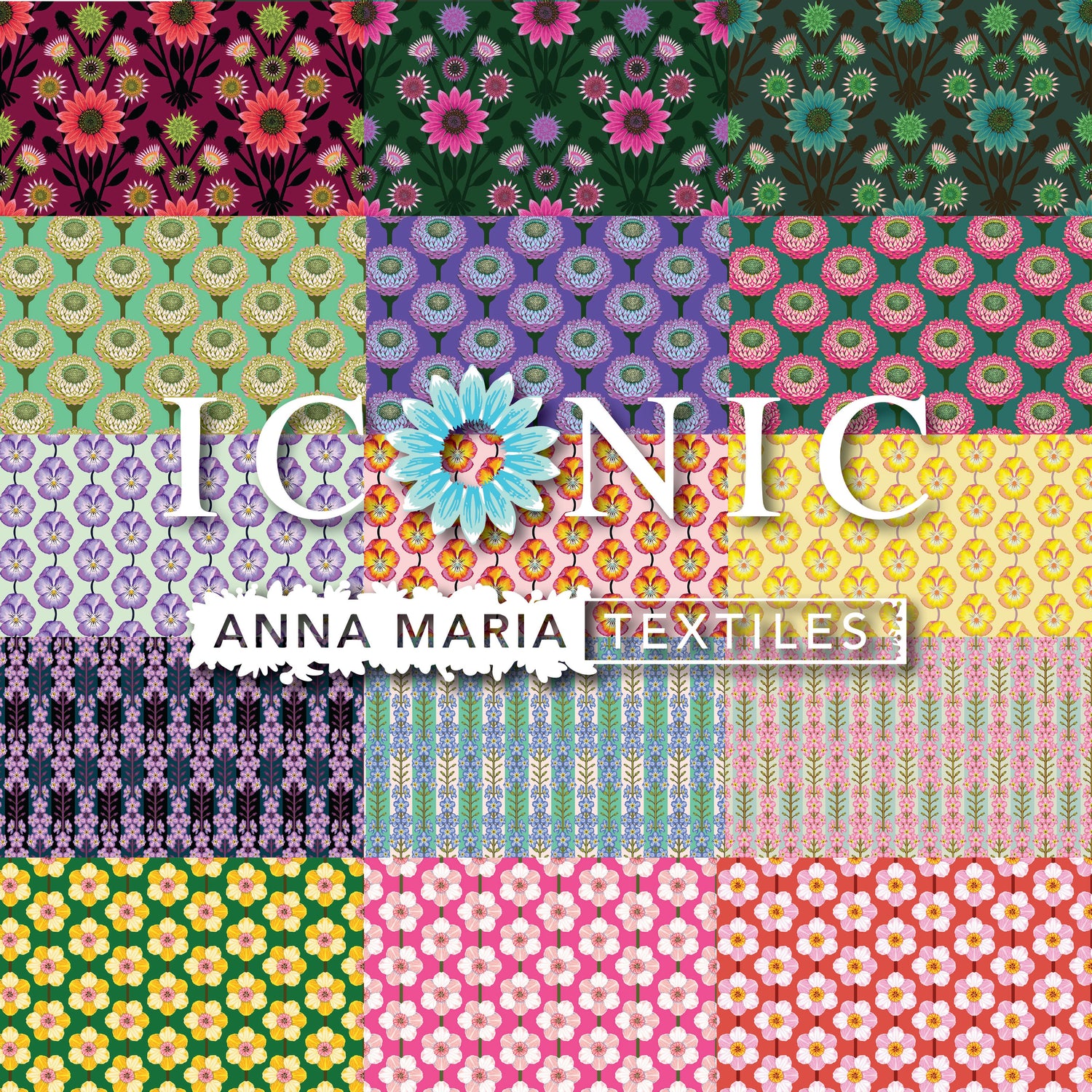
Iconic Fabric Collection PREORDER SHIPS APRIL 2025 by Anna Maria Textiles
The Iconic Fabric Collection by Anna Maria Horner for Anna Maria Textiles...
-

Soda Pop PREORDER SHIPS APRIL 2025 by Sue Penn Designs with Free Spirit Fabrics
Introducing the Soda Pop Collection by Sue Penn Designs, exclusively from FreeSpirit...
-

Acorn Hollow by BasicGrey for Moda Fabrics
Cozy up with Acorn Hollow, a fall-inspired collection that blends woodland whimsy...
-

Findings by Valori Wells with FreeSpirit Fabrics
Valori Wells’ Findings collection is a soulful blend of nature-inspired motifs and...
-

Berry & Pine by Lella Boutique for Moda Fabrics
Berry & Pine is Lella Boutique’s fresh take on holiday fabric—classic and...
-

Purrfect Christmas by Elena Amo for Moda Fabrics
Get ready to add a whisker of charm to your holiday projects...
-

Groove (Neutrals) by Emily Van Hoff with Moda Fabrics
Modern, minimal, large scale and full of motion—Groove by Emily Van Hoff...
-

40 by Giucy Giuce with Andover Fabrics
Giucy Giuce turned 40 and gave us the gift—this bold, modern fabric...
-

Selvedge Magic by Ruby Star Society (Mini Collection)
This one’s for the fabric collectors, the detail-obsessed, and anyone who’s ever...
Let customers speak for us
from 630 reviewsExactly what I needed to make sure that my ruler doesn’t slip when I’m cutting fabric for my quilt project.
Arrived on time and was packaged perfectly.

The Glazers I bundle is gorgeous in and of itself, and my plan is to use it in its entirety in a quilt. But the print will also make it a good blender or background. The hand or drape is very nice. I’m glad I purchased it!

I really love my Stitch Supply Binding Spool in pink glitter! It makes me smile because it’s cute also because I like to support small quilt businesses. Also, I received my order quickly. Thank you!!!

Loved it. So very soft

Love this bundle!

I love love 💕💕💕 the Luna collection

Beautiful fabric! Will make my project extra special.

What fun fabric! I’m I looking forward to using this in a bright happy quilt. Thanks for packaging it so well and shipping it out right away!

So excited to make this quilt! Quality fabric. Quality quilting shop. Love Dx Domestic. Will be a return customer.

This print is adorable and the fabric is exceptionally high quality.

This fabric was packaged well, delivered fast and even prettier in person! Thank you!

Love this fabric! And Mathew was wonderful, they reached out when there was a bit less fabric available. Excellent customer service

Loved the feeling of the fabric, and the doggies were soo cute! Mahalo

This Cobblestone quilt kit is going to be beautiful. The fabrics are gorgeous. Super fast shipping! Can’t wait to get started on this beauty! Thanks Mathew for another awesome quilt kit!

Love this fabric. Used it in my Kennedy Center Lunar Block Challenge and later in the banner. I've had SEW positive feedback on the fabric and the banner.































